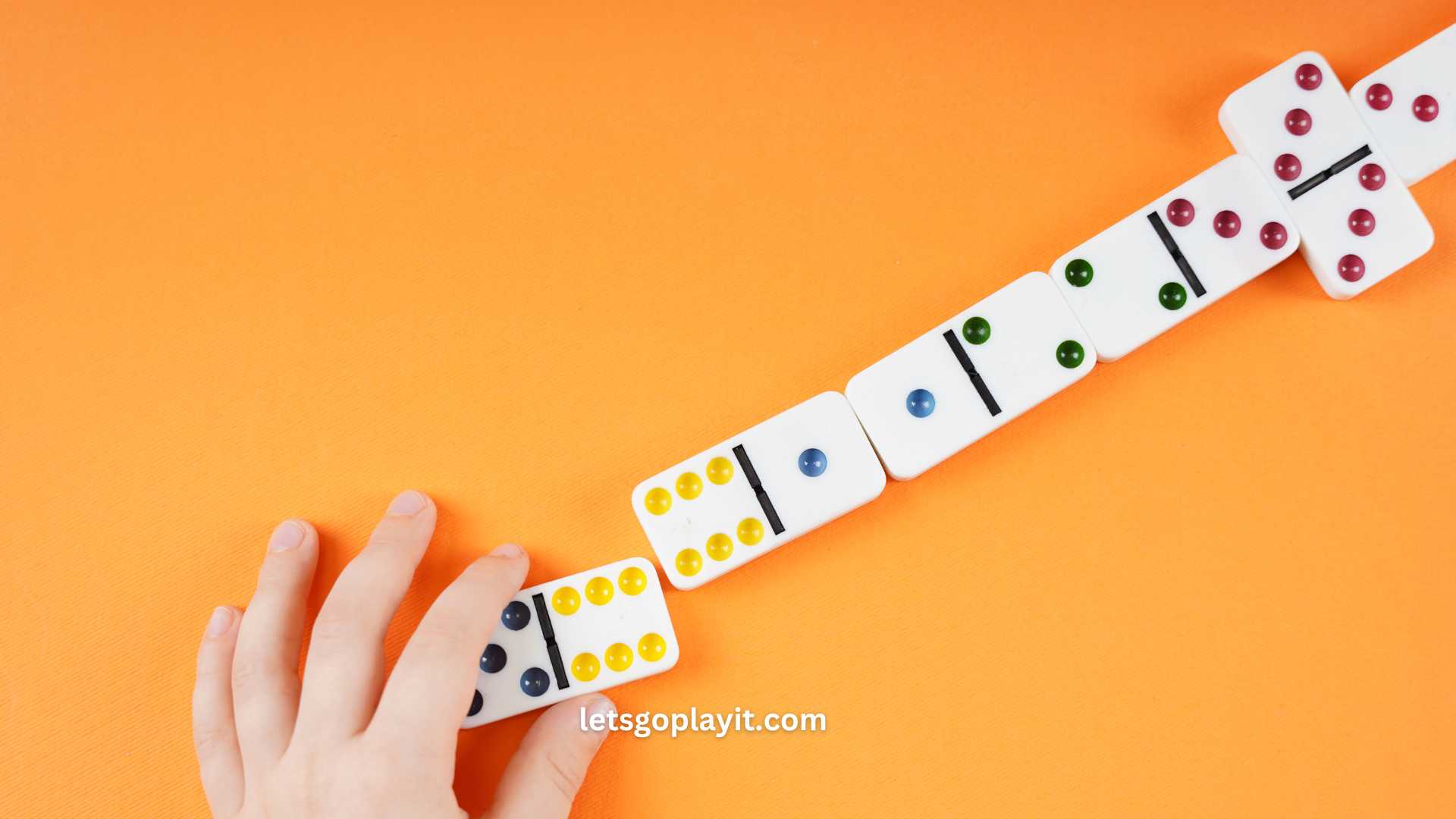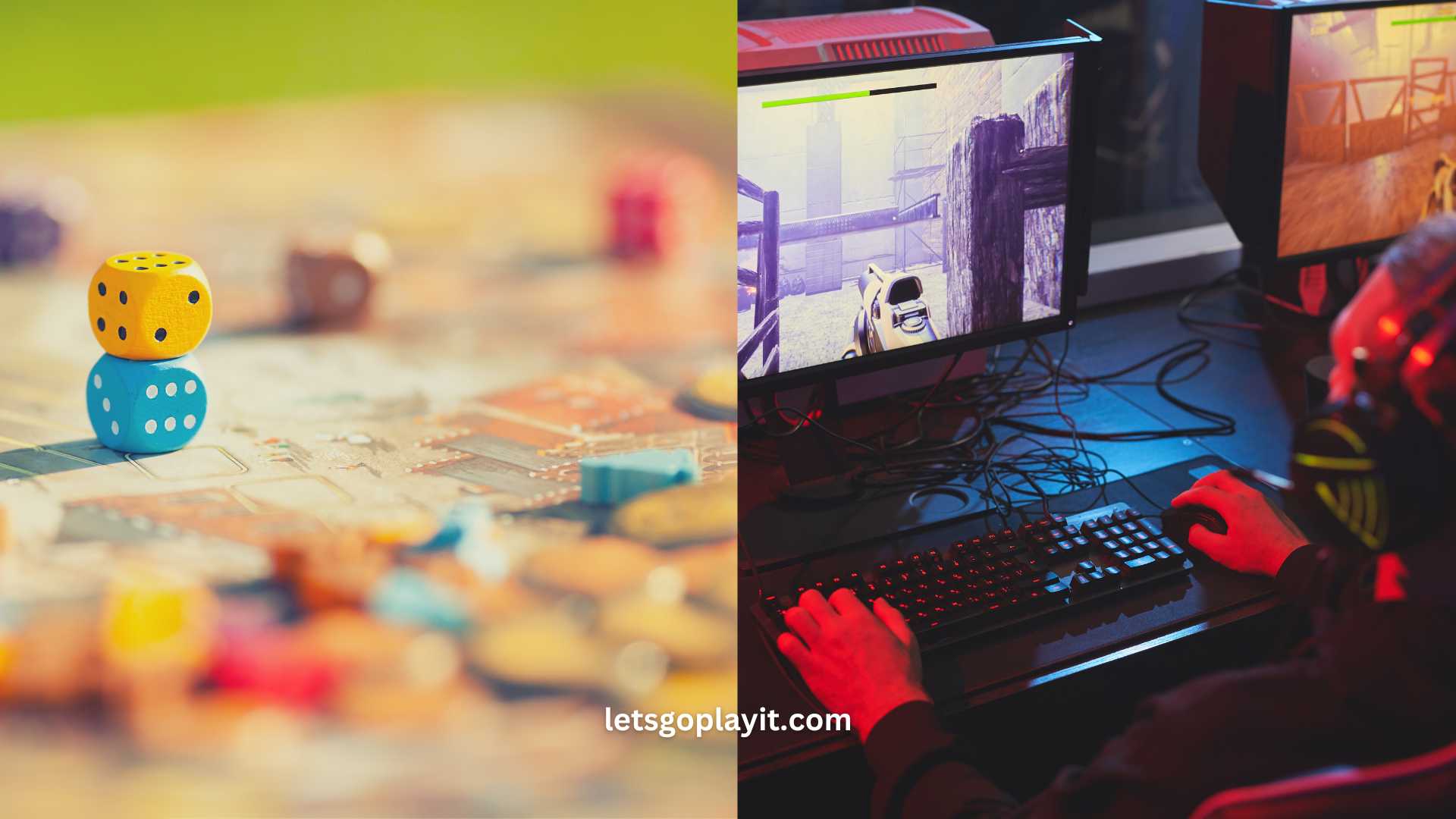As a proud Batang 90’s, I fondly recall the laughter-filled afternoons spent playing in the streets and backyards with friends and family, far removed from the digital screens that dominate today’s leisure time. These games, simple yet profoundly engaging, not only offered endless fun but also taught us valuable lessons in teamwork, strategy, and the pure joy of physical play.
In this article, we’ll dive into the Top 10 Traditional Filipino Games that promise outdoor fun and social bonding, echoing the cherished memories of a Filipino childhood and inviting families and friends to experience the magic of these cultural gems.
1. Tumbang Preso
Tumbang Preso, or “Knock Down the Prisoner,” is a thrilling game that turns a simple tin can into the center of a high-energy chase. The premise is straightforward: one player guards the can, placed in the middle of a playing area, while others throw slippers to knock it over from a distance. The excitement peaks as the ‘it’ or ‘taya’ scrambles to upright the can while the other players retrieve their slippers without getting tagged.
This game, emblematic of Filipino ingenuity and spirit, not only tests agility and accuracy but also fosters a sense of camaraderie among players. It’s a perfect activity for those looking to recreate the carefree days of outdoor play, teaching children the value of simplicity in fun.
2. Patintero
Patintero, also known as “Tubig-Tubig” in some regions, is a classic test of speed, strategy, and spatial awareness. The game involves two teams: one tries to cross the grid lines drawn on the ground without being touched by the defenders.
What makes Patintero fascinating is the element of strategy – deciding when to dash and which defender to outmaneuver. It’s a game that brings together participants of all ages, encouraging teamwork and quick thinking. Playing Patintero under the golden afternoon sun brings back memories of neighborhood camaraderie and the simple joys of childhood competition.
3. Taguan
Taguan, the Filipino version of hide and seek, transforms any outdoor space into a landscape of adventure and suspense. The ‘it’ counts with eyes closed, as everyone else hides in the most ingenious spots they can find. The tension of hiding, coupled with the excitement of the chase, makes Taguan a universally beloved game.
It’s not just about the hiding and seeking; it’s the laughter, the strategies, and sometimes, the teamwork among hiders to outsmart the seeker. Taguan is more than a game; it’s a lesson in creativity, patience, and the sweet thrill of evasion and discovery.
4. Sipa
Sipa, meaning “kick” in Tagalog, is a traditional Filipino game that showcases skill, grace, and athleticism. Using a small metal washer attached to a colorful shuttlecock or a simple rattan ball, players aim to keep the sipa airborne for as long as possible using their feet, the side of their leg, or their head. Sipa is a testament to the Filipino’s dexterity and coordination, often leading to awe-inspiring displays of agility.
It’s a game that can be played solo or with friends, making it versatile for any gathering. Sipa not only entertains but also improves physical fitness, offering a fun way to stay active.
5. Luksong Tinik
Luksong Tinik, or “Jump over Thorns,” is a game that challenges players to leap over the hands of two other participants who serve as the ‘tinik’ or thorns. The hands are raised higher and higher, simulating growing thorns, as players attempt to jump over without touching them. This game is a fantastic display of the Filipino spirit of perseverance and resilience, pushing players to reach new heights—literally and figuratively.
Luksong Tinik is a favorite among children for its simplicity and the sheer joy of leaping and surpassing obstacles, a metaphor for overcoming life’s challenges with grace and determination.
6. Luksong Baka
Luksong Baka, which translates to “Jump over the Cow,” is another popular jumping game where one player bends over, resembling a cow, while the others jump over them. The ‘cow’ stands increasingly upright after each round, raising the difficulty. It’s a game that requires strength, agility, and a bit of courage, as jumpers soar over their human hurdle.
Luksong Baka is not just a test of physical prowess; it’s a lesson in trust and camaraderie, as players take turns being the cow, supporting their friends in a literal sense.
7. Agawan Base
Agawan Base is a game of territory and tactics, where two teams compete to capture each other’s base while defending their own. It’s a thrilling mix of tag and strategic warfare, requiring players to be swift, smart, and stealthy.
The excitement of making daring raids on the opponent’s base, coupled with the adrenaline of protecting your own, makes Agawan Base a favorite for those seeking a more intense play experience. It teaches the importance of strategy, teamwork, and the exhilarating rush of friendly competition.
8. Piko
Piko, the Filipino counterpart to hopscotch, is a game of skill and balance played on a series of numbered boxes drawn on the ground. Players throw a small stone into one box and hop through the others to retrieve it, avoiding certain lines and boxes.
Piko is a cherished part of Filipino childhood, offering a blend of physical challenge and strategic play. It’s a game that can be enjoyed solo or with friends, adaptable to any space and time, embodying the flexibility and joy inherent in traditional Filipino games.
9. Harang Taga
Harang Taga, or “Block and Tag,” is a dynamic game where players must dodge the tagger’s attempts to mark them with chalk while navigating through a designated area. It combines the thrill of chase games with the added challenge of avoiding physical barriers.
Harang Taga is not just about speed; it’s about agility, strategy, and sometimes, the art of negotiation and alliances among players. It’s a game that brings laughter, excitement, and a bit of friendly scheming to any outdoor gathering.
10. Bahay-Bahayan
Bahay-Bahayan, or “Play House,” is a game of imagination and role-playing where children create and act out scenarios in makeshift houses or designated areas. While not as physically demanding as the other games, Bahay-Bahayan is a testament to the creativity and storytelling prowess of Filipino children.
It fosters social skills, empathy, and the joy of crafting entire worlds from the simple settings of backyards and playgrounds. Bahay-Bahayan reminds us that play is not only about physical exertion but also about building connections and stories.
Conclusion
The Top 10 Traditional Filipino Games for Outdoor Fun offers a nostalgic journey back to the days of sun-soaked afternoons, laughter, and community spirit. These games, from the thrilling dashes of Tumbang Preso to the imaginative realms of Bahay-Bahayan, are not just pastimes; they’re a vibrant part of our cultural heritage and a testament to the joy of simple, unadulterated fun.
In an age dominated by screens and digital entertainment, reintroducing these games can reconnect us with our roots, promote physical health, and strengthen bonds among friends and family. Let’s cherish and preserve these treasures, sharing the legacy of Filipino playfulness and camaraderie with the next generation.




